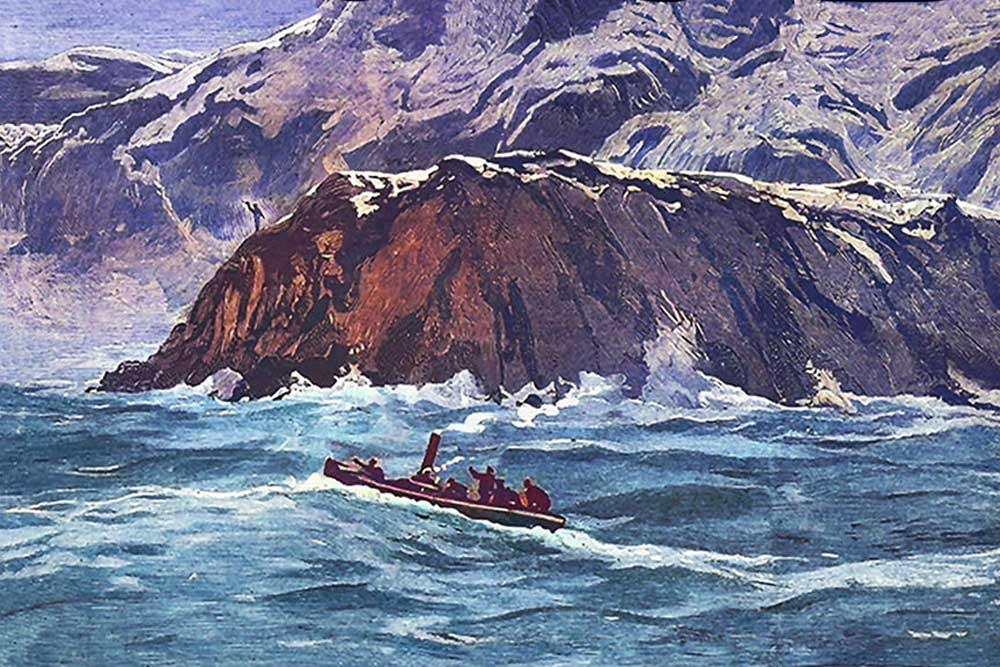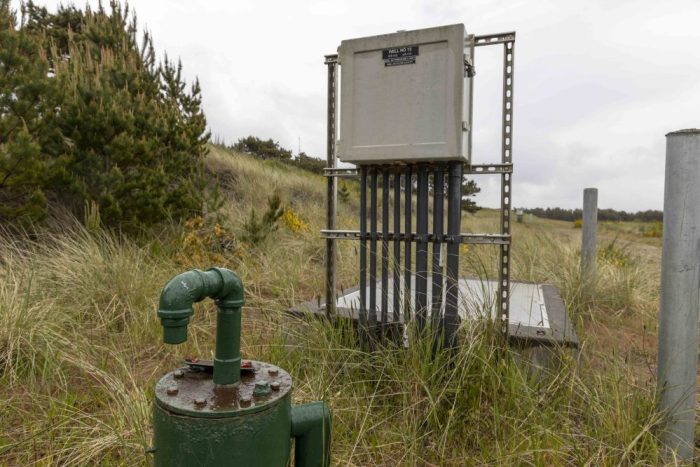In One Ear: Cannibal scandal
Published 12:15 am Thursday, August 15, 2024

- Ear: Greely
The Daily Morning Astorian, on Aug. 14, 1884, ran a disturbing headline: “Cannibalism in the Arctic,” referring to the Greely Expedition of 1881 to 1884, when Lt. Adolphus Greely of the Army Signal Corps took more than 20 men on the first polar expedition to collect scientific data.
In the summer of 1881, the ship Proteus dropped off the men with enough supplies for a year, and they set off for Fort Conger, in the Canadian Arctic.
In July 1882, a supply ship failed to reach the expedition, blocked by ice. In 1883, the Proteus set out with supplies for the fort, but it, too, failed to reach the men; the ship sank, crushed by pack ice.
After being stranded at Fort Conger for two years, Greely and the men headed south, hoping to find supplies at Cape Sabine. By the time they arrived, winter had set in, so they stayed put, camping with only tents for shelter.
In July 1884, rescuers arrived at Cape Sabine and, spotting a man waving, landed and found Greely’s camp. Only seven men, including Greely, had survived the winter, the rest dying of starvation, freezing and drowning; one was executed for stealing rations.
The survivors, and the corpses, were brought back home, to great fanfare. The cannibalism rumors started when it was discovered some flesh had been removed from one man’s bones.
Initially it was believed the flesh was used as bait to trap sea lice, but The New York Times, and newspapers nationwide, ran scandalous articles speculating cannibalism. Two days later, The New York Times backtracked: “As to the eating of human flesh, Lt. Greely stated, with much feeling, that … no act of this sort had been committed by anyone connected with the party …” (Image: Centre for Newfoundland Studies)





